Coffee prices today in the domestic market on October 24, 2025
| Local | Price (VND/kg) | Fluctuation (VND/kg) |
|---|---|---|
| Dak Lak | 118,500 | - |
| Lam Dong | 117,000 - 118,500 | - |
| Gia Lai | 118,000 | - |
The coffee market in the Central Highlands today recorded stable prices in key provinces. The market is fluctuating around 117,000 - 118,500 VND/kg.
Specifically, in Lam Dong, coffee prices were traded at 117,000 - 118,500 VND/kg. This price remained stable compared to the previous session.
Next, Dak Lak, a land famous for high-quality coffee, recorded a price of 118,500 VND/kg. This price strengthens Dak Lak's position in providing quality coffee.
Gia Lai also recorded stable prices, reaching VND118,000/kg. As one of the main coffee supplying provinces, Gia Lai continues to maintain a stable supply, making an important contribution to the domestic and international markets.
Online coffee prices on October 24, 2025 on the world market
The futures contract price at the exchange today closed at a high of 4554 (11/25 term) and the July/26 term stopped at a low of 4334. All terms recorded negative price declines. Specifically:
The November 25 contract closed at a high of 4554, down -185 (-3.89%) from the previous session. This was the leading contract in terms of price.
Immediately after that, the January 26 term closed at 4521, maintaining the second highest price on the floor and decreasing by -173 (equivalent to -3.68%). Notably, this is the term with the lowest absolute decrease.
The remaining maturities all show a gradual decrease in price over time:
The March 26 term has a matching price of 4445, down -183 (equivalent to -3.94%). This is the term with the strongest percentage decrease.
The 05/26 term closed at 4387, down -179 (or -3.91%).
The 07/26 futures closed at 4334, the lowest price among the futures traded, down -170 (-3.76%). The overall market showed strong selling pressure.
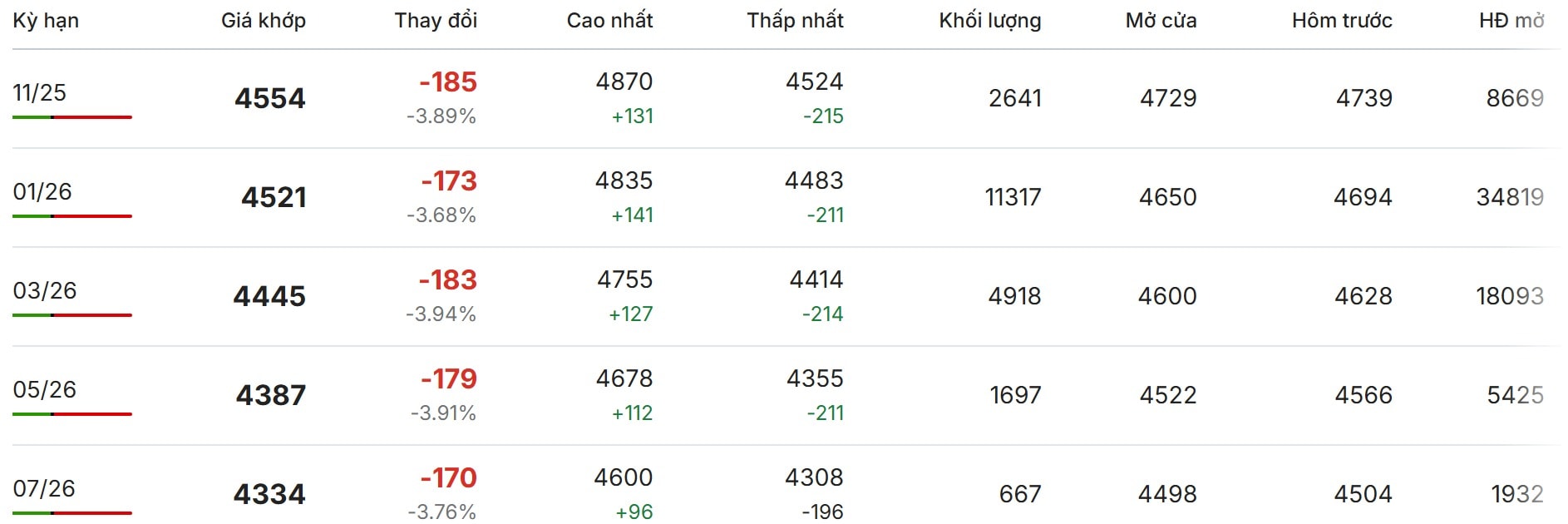
The futures contract price at the exchange today closed at a high of 410.15 (12/25 term) and a low of 340.95 (09/26 term). All terms recorded a negative and clear decrease in price. Specifically:
The December 25 futures contract closed at a high of 410.15, down -10.70 (-2.53%). This was the leading price, but it was the contract with the biggest absolute decline.
The 03/26 futures contract also continued to maintain a high of 389.75, down -9.00 (equivalent to -2.25%).
The remaining terms all showed a gradual decrease in price over time and recorded a significant decline, reflecting the pessimistic sentiment of the market in the future: The May 26 term had a matching price of 373.45, down -8.75 (equivalent to -2.28%). The July 26 term reached 356.90, down -9.05 (equivalent to -2.46%).
The 09/26 term closed at 340.95, down -9.85 (-2.80%), the lowest price among the traded terms and the term with the biggest percentage drop.
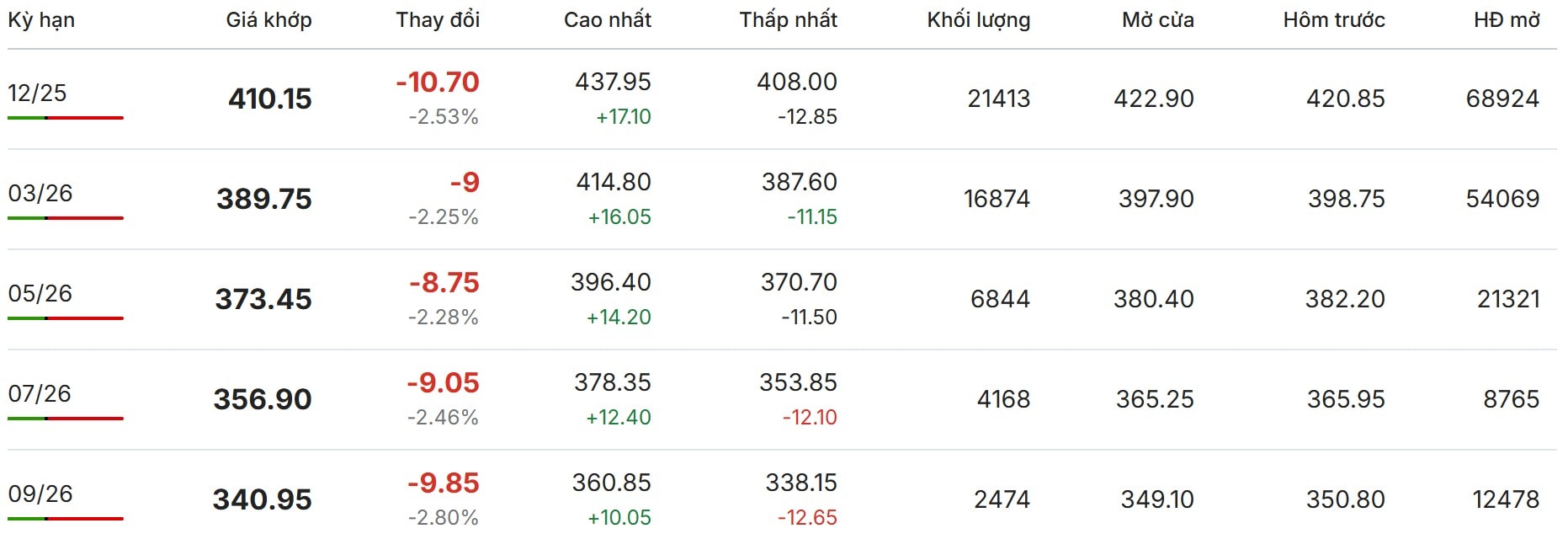
Coffee price assessment and forecast
Arabica prices could face further downward pressure if rains in Brazil, as forecast, ease drought concerns. However, low inventories should limit the decline, keeping prices relatively high.
Robusta prices may be more stable thanks to steady supplies from Vietnam, where the risk of crop damage is lower. However, bearish sentiment in the futures market could drag prices down in the short term.
Brazil: Prolonged drought in Minas Gerais state and other coffee-growing regions could affect the 2026-2027 crop, pushing up arabica prices if the weather does not improve.
Vietnam: Robusta supplies are stable, but prices will depend on global demand and weather fluctuations in the coming months.
Uganda: Strong production growth and a strategy to expand planting area could put downward pressure on robusta prices in the global market, especially if other countries also increase production.
Low inventories: This is a key factor supporting coffee prices in the medium term, especially for arabica, where limited supply could push prices up if demand increases.
Weather fluctuations: Inaccurate weather forecasts or sudden changes (rain or drought) in Brazil and Vietnam can cause strong price fluctuations.
Global demand: If demand for coffee declines due to an economic downturn or changes in consumer habits, prices could come under downward pressure.
Support policies: Farmer support programs in Uganda and other countries could increase supply, negatively affecting robusta prices.
Coffee prices are currently under pressure due to better-than-expected weather conditions in Brazil and Vietnam, but low inventories and stable demand will continue to support prices. In the short term, prices are likely to fluctuate around current levels, with robusta more stable than arabica. In the long term, drought in Brazil and increased production in Uganda will be the main factors shaping price trends. Investors and farmers should closely monitor weather forecasts and inventory data to make appropriate decisions.
Source: https://baodanang.vn/gia-ca-phe-hom-nay-24-10-gia-robusta-giam-gan-4-arabica-giam-theo-sau-3308197.html


![[Photo] Prime Minister Pham Minh Chinh chairs conference on breakthrough solutions for social housing development](https://vphoto.vietnam.vn/thumb/1200x675/vietnam/resource/IMAGE/2025/10/24/1761294193033_dsc-0146-7834-jpg.webp)
![[Photo] President Luong Cuong chaired the welcoming ceremony and held talks with United Nations Secretary-General Antonio Guterres](https://vphoto.vietnam.vn/thumb/1200x675/vietnam/resource/IMAGE/2025/10/24/1761304699186_ndo_br_1-jpg.webp)

![[Photo] Prime Minister Pham Minh Chinh and South African President Matamela Cyril Ramaphosa attend the business forum](https://vphoto.vietnam.vn/thumb/1200x675/vietnam/resource/IMAGE/2025/10/24/1761302295638_dsc-0409-jpg.webp)

![[Photo] Solemn funeral of former Vice Chairman of the Council of Ministers Tran Phuong](https://vphoto.vietnam.vn/thumb/1200x675/vietnam/resource/IMAGE/2025/10/24/1761295093441_tang-le-tran-phuong-1998-4576-jpg.webp)
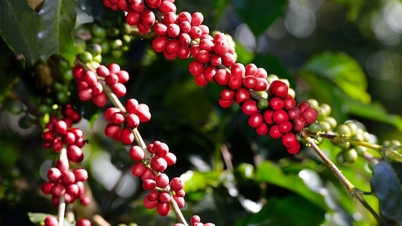

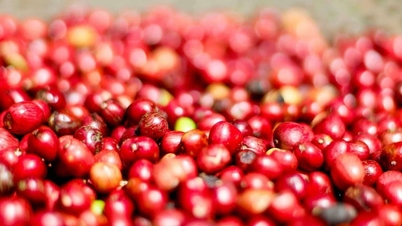
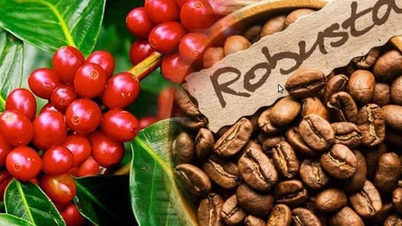

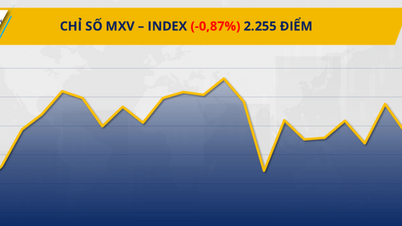


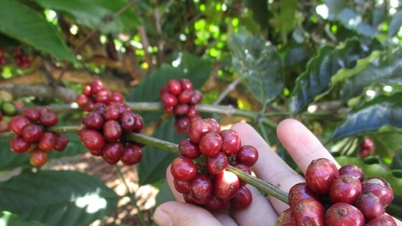


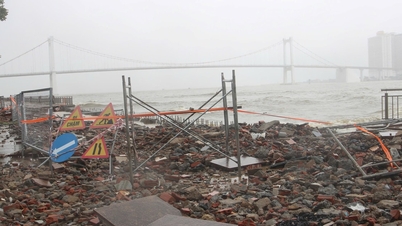
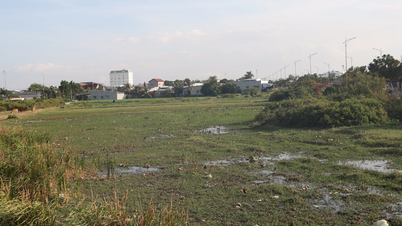













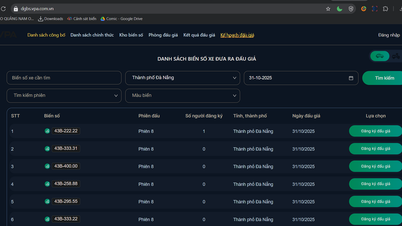

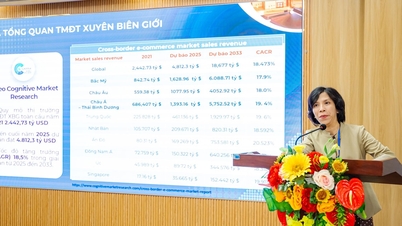




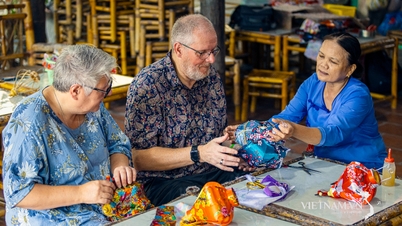



































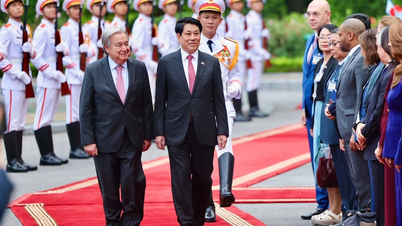































Comment (0)